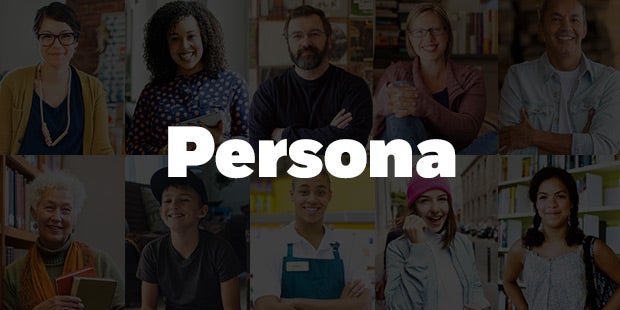To better understand readership in the United States, Penguin Random House initiated the company’s largest-ever market research survey to gain insight into readers’ motivations, discovery methods, preferences, and purchasing behaviors. Read on to learn how we use this information to get your books in the hands of more readers.
What is segmentation?
For our purposes, segmentation is the process of dividing consumers into groups (known as segments) based on shared characteristics. (Segmentation has many applications; for example, we spoke about it briefly in our marketing tip on newsletter segmentation.)
During the market research study, we learned about adult readers, teens, and younger children and their parents through focus groups, nationally representative surveys, and video diaries. Based on the insights and data collected, we segmented the adult and tween/teen markets into distinct groups, each with similar attributes (based on reading habits, motivations, or behaviors).
What did we learn, and why is it useful?
When grouping readers into distinct segments, we found, surprisingly, that preferred genres, age, and gender were not big drivers of differentiation. Instead, readers differ most based on how much and how often they read and how much they spend on books, as well as how interested they are in new books and how likely they are to recommend books to others.
This research resulted in a new internal tool at Penguin Random House called Persona, a web portal into insights from the study. Persona provides insights into reading motivations, book discovery, media habits, paths to purchase, and demographics for each segment and for readers overall. Having a deeper understanding of our readers enables us to bring books to market more effectively for our authors. By putting this information into the hands of every employee at Penguin Random House, we aim to keep the reader at the front of our minds in all that we do, supporting our goal to be the most reader-centric book publisher.
Your publishing team utilizes Persona along with all of our other tools and information to identify core and opportunity audiences for our books. Once an audience is identified, Persona’s insights can inform the entire publishing process, from tailoring copy on jackets, retailer websites, and advertising to extending the life of a book by focusing on secondary or tertiary audiences for post-publication publicity and marketing.
See Persona in action with this case study from 2018
A historical novel was showing strong sales momentum post-pub and beginning to gain traction beyond historical-fiction fans. We used Persona to identify an opportunity segment to target for the second wave of marketing. Based on insights about this segment, we changed our ad messaging and positioning, as well as the media outlets we used to reach the audience, from what had been done at launch. The second-wave marketing campaign resulted in the strongest week of sales to date and helped keep the book on the New York Times bestseller list well into its first year on sale.
What’s next?
We continually add new data to the Persona tool, including data on changing media behaviors, barriers to purchase, and book discovery methods to ensure our teams get your books in the hands of the right readers. Persona is just one of many tools your publishing team employs to inform campaign decision-making. Your marketing team can speak more specifically to how they are using data and insights about readers to publish and market your book more effectively.


